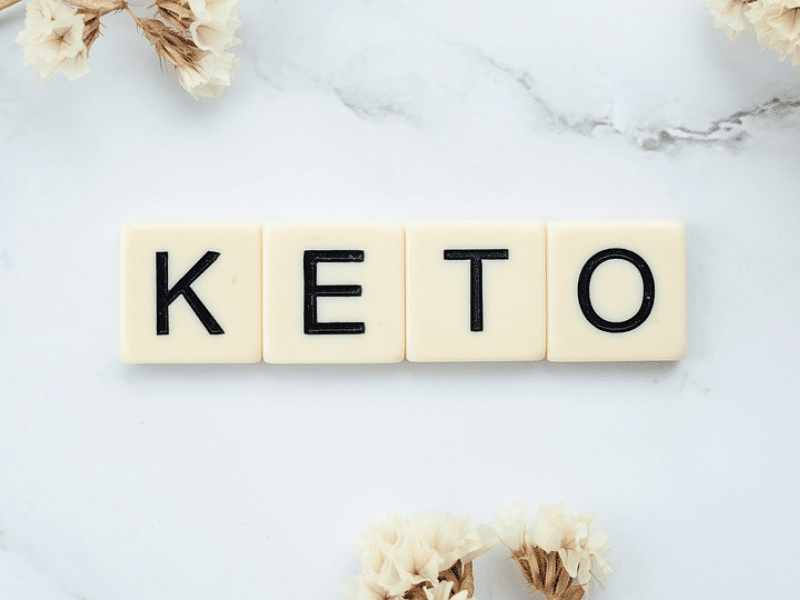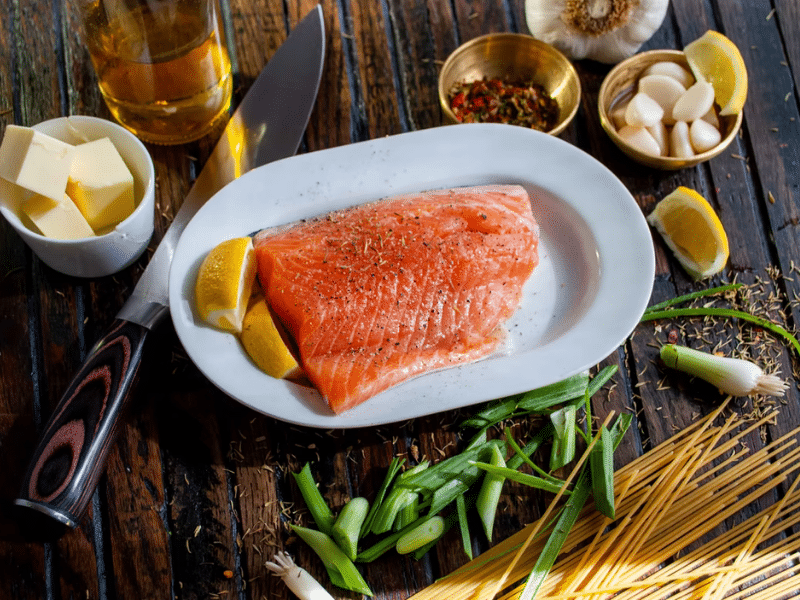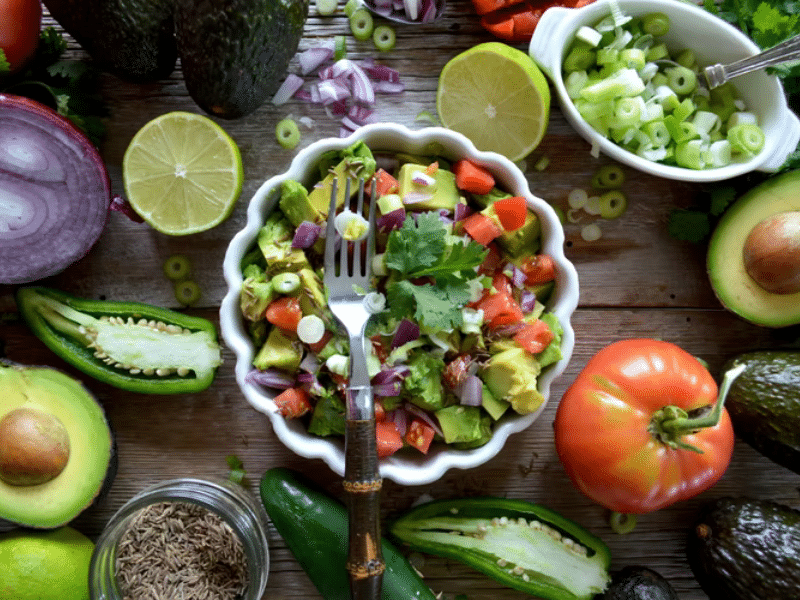Are you considering the ketogenic diet? There are several reasons why people are so excited about Keto. Keto Diet has been studied extensively, and there are many studies that show Keto can have a massive impact on your health in both positive and negative ways. This beginner’s guide will help you get started. You’ll learn what to eat, what to avoid, along with its Pros and Cons. So, whether you’re new to keto or just looking for a refresher course, we are here to help.
Here are all the things you need to know about the Keto Diet:
What is the Keto Diet?

The Keto diet, also known as the ketogenic diet or Keto for short, is a way of eating that combines very low carbs and very high-fat consumption. Keto is all about putting your body into a state of KETOSIS. This means that your body will start breaking down fats instead of carbohydrates in order to use them as energy.
It is however important to note that Keto Diet is not for everyone. As always, Keto diet should only be done under medical supervision.
Different Types of Keto Diet

Standard Ketogenic Diet (SKD)
Standard Keto Diet is by far the most popular and common Keto Diet. It focuses on getting roughly 70% of your daily calorie intake from fat, 20% to 25% from protein, and only 5% to 10% from carbs. The Standard Keto Diet may be the right diet for you if you want to lose weight quickly and just do low to moderate intensity exercises like walking, cycling, and yoga.
Targeted Ketogenic Diet (TKD)
The Targeted Ketogenic diet focuses on a specific hour window each day when Keto is ideal. It involves eating carbs 30-60 minutes before a workout and sticking to the SKD the rest of the time. It promotes glycogen replenishment without interrupting ketosis for long periods of time. It’s also ideal for people who are just getting started with exercise and aren’t quite ready to complete the quantity of exercise required to optimize a CKD diet.
Cyclical Ketogenic Diet (CKD)
The Cyclical Keto will have people combine the standard keto diet for up to 5 to 6 days of the week and then carb load on 1-2 days of the week by eating almost double their normal Keto macros. It requires a more rigorous exercise schedule. This Keto Diet schedule isn’t for beginners because it can be harder to manage and requires a Keto smooth transition.
High-Protein Ketogenic Diet (HPKD)
The High-protein Keto diet is similar to SKD but includes more protein. It includes a ratio of 35 percent protein, 60 percent fat, and 5 percent carbs. High-protein ketogenic is compelling for weight reduction in individuals that need to get in shape.
Benefits of Ketogenic Diet

Control Blood Sugar
Keto may help decrease insulin resistance, which can lead to a reduced risk of diabetes. If you have Type 2 diabetes, a ketogenic diet should be seriously considered.
Weight Loss
Keto diets help people lose weight rapidly. Because the ketogenic diet relies on your body fat for energy, there are obvious weight-loss benefits.
Epilepsy
Keto is also used as an alternative medication to treat those that suffer from epilepsy. It has been used for decades to treat epilepsy successfully and up until now.
Improved Mental Clarity and Performance
Many Keto dieters have said that Keto has improved their mental clarity and focus, especially Keto dieters who are living with Alzheimer’s. Increased fatty acid consumption has been shown in studies to improve the function of our brain.
Acne
Having excess insulin in your blood can cause your oil glands to produce more oil, increasing your risks of acne. Keto can help solve this problem. Keto reduces insulin levels which can help reduce oil production.
Drawbacks of Ketogenic Diet
Keto Flu
Keto can cause many negative side effects during the diet transition including constipation, fatigue, bad breath, headaches, and nausea. These may last for many days.
Nutrient Deficiencies
Keto severely limits carbohydrate intake, and this can lead to a lack of fiber and other essential nutrients. It would be best to seek advice from a registered dietitian to rule out any potential deficiencies.
Ketoacidosis
Keto forces your body to use fat for energy, leading to ketoacidosis in some cases. Ketoacidosis is very dangerous and may result in coma or death if not treated promptly by a doctor. Ketoacidosis occurs when your body runs out of insulin and your liver starts to turn fatty acids into the ketones that your body uses for energy. Keto isn’t dangerous in itself but if you have a medical condition then Keto may be dangerous for you.
Challenging
Switching to Ketogenic diets is challenging for most people and Keto dieters should be well-prepared for Keto flu, headaches, and other Keto side effects. Keto diets can also challenge social events such as weddings and birthdays where food can be tempting. Keto is not commonly recommended for individuals at risk for heart disease, pregnant or nursing women, pre-existing liver or pancreatic conditions, and people who have kidney damage.
What Food to Eat on a Keto Diet?

- Meats (fish, beef, lamb, turkey, etc.)
- Low-carb veggies (broccoli, cauliflower, etc.)
- High Fat Dairy (hard cheeses, high fat cream, butter, etc.)
- Nuts and seeds (walnuts, sunflower seeds, etc.)
- Avocado and berries (raspberries, blackberries, etc.)
- Other fats (coconut oil, high-fat salad dressing, saturated fats, etc.)
What Food to Avoid on a Keto Diet?
- Grains and starches
- Refined Oils
- Sugar of all kinds
- Trans fats, such as margarine
- Artificial sweeteners
- Processed food
- Sugary beverages
Essential Items That You Can Buy on Amazon
- KETO-MOJO Test Strip
- Fat Burner & Weight Loss Supplement
- Keto-Friendly Protein Bars
- Keto Diet: Your 30-Day Plan to Lose Weight





